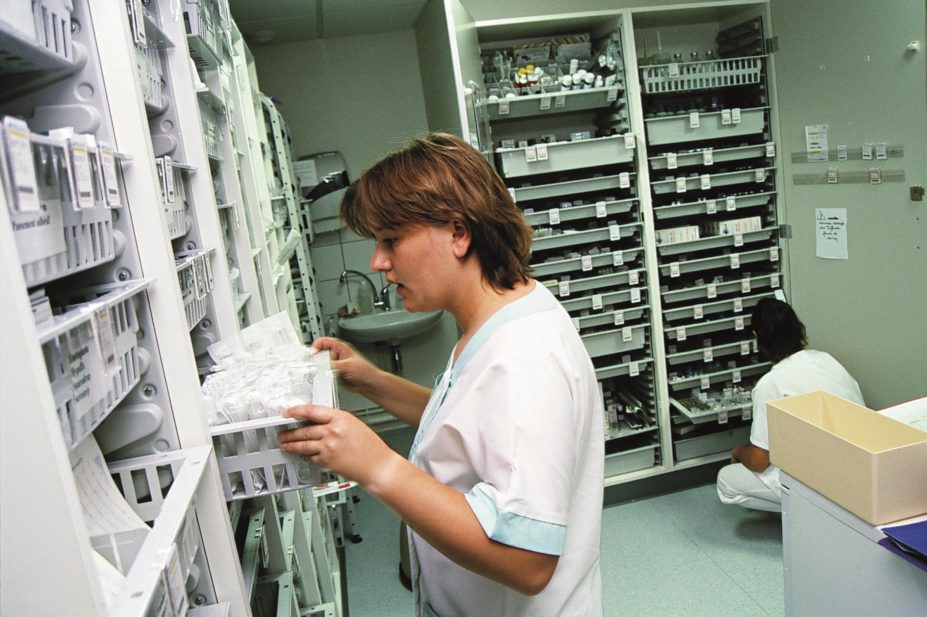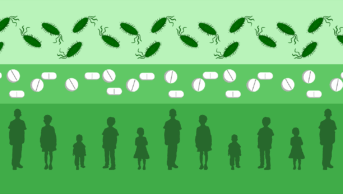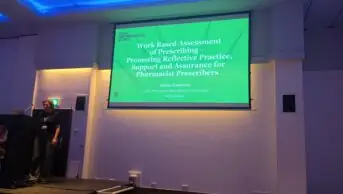
BSIP SA / Alamy
The cost of medicines prescribed by hospitals in England increased by 15.1% to £5.8bn in 2013-2014 compared with the previous year, latest figures show.
The data, published by the Health and Social Care Information Centre on 12 November 2014[1]
, also show that primary care prescribing costs are up by 3.2% to £8.5bn while the cost for drugs prescribed in hospitals and dispensed in the community fell by 5.5% to £159.6m. Overall, NHS expenditure on medicines in 2013–2014 was £14.4bn, an increase of 7.6% on 2012–2013.
Leading pharmacists highlight that the increase coincides with increasingly tight NHS finances. “With at least a quarter of NHS trusts reporting a deficit, there is pressure from chief executives to reduce costs across the board,” says Guild of Healthcare Pharmacists (GHP) chairman of practice Graeme Richardson. “Greater emphasis on medicines management to make sure usage is cost effective is part of the pressure that trusts are under.”
The report, ‘Hospital Prescribing: England 2013–2014’, in part attributes the increase in hospital spending to high-cost new and innovative medicines and increased use of specialist medicines.
David Watson, head of commercial at the Association of the British Pharmaceutical Industry, says that despite the overall increase in costs, barriers remain that prevent the use of newer, innovative medicines for more specialist conditions.
However, GHP president Dave Thornton says the real issue regarding increasing costs does not necessarily relate to innovative drugs, but to old, branded generics. “These [old branded generics] are suddenly escalating by massive amounts – dexamethasone tablets being an example — and this is going to cause a big cost pressure for most hospitals,” he says.
Significant differences in spending across 25 regions in England are also set out in the report, although the document states these do not necessarily point to differences in the quality of care and could be down to factors such as variations in the prevalence of conditions.
The area covering Cumbria, Northumbria and Tyne & Wear tops the table with total estimated prescribing costs across primary and secondary care of £320.00 per person. Merseyside is second with £315.55, followed by Greater Manchester with £303.88. The lowest spend is at Thames Valley, with £200.50 per person, followed by Hertfordshire and South Midlands with £206.24 and Arden, Herefords and Worcester with £237.83 per person.
The report also reveals stark differences in the percentage split in spending between hospitals and community by region. The proportion of estimated costs for medicines supplied in hospital ranged from 56.2% in London and 42.2% in Cumbria, Northumbria, Tyne & Wear to 27.8% in Lancashire and 28.6% in Leicestershire and Lincolnshire.
Of the drugs positively appraised by the National Institute for Health and Care Excellence (NICE), the greatest overall cost in 2013–2014 was for adalimumab, which also incurred the greatest cost in hospitals (see table).
Commenting on the report’s findings, a Department of Health spokesperson said its 2014 Pharmaceutical Price Regulation Scheme will contain the cost of NHS branded medicines over the next five years.
Table: Overall top 10 medicines by cost for medicines positively appraised by NICE prescribed or issued in all sectors in 2013-2014
| Drug | Overall cost (£000s) |
|---|---|
Adalimumab | 311,084.2 |
Ranibizumab | 243,919.8 |
Etanercept | 233,415.6 |
Infliximab | 142,162.8 |
Rituximab | 135,660.1 |
Trastuzumab | 123,471.8 |
Lenalidomide | 104,192.9 |
Abiraterone | 88,917.8 |
Insulin glargine | 80,164.2 |
Imatinib | 73,169.3 |


